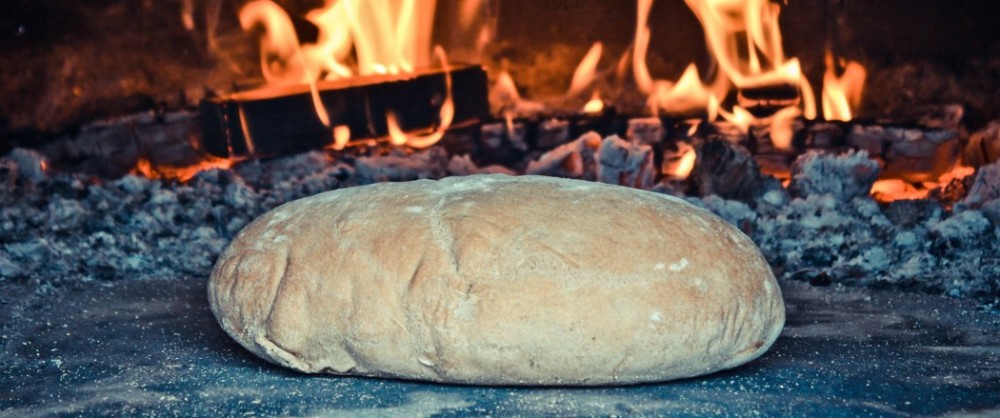Biscuits, derived from the Latin “bis cotus” meaning twice baked, were a staple in the diets of our grandparents and the many years before. Because biscuits were cheap, preserved well and could be transported easily, they were very common. As my grandmother stated, her mother made biscuits every morning for breakfast and they were often eaten throughout the day. Almost every nineteenth century cookbook contained recipes for biscuits. One of these cookbooks was Mrs. Goodfellow’s Cookery as it should be.: A new manual of the dining room and kitchen …(1865). Her cookbook contained multiple recipes for biscuits, one of them called “Soda Biscuit.” She writes,
“Stir into one quart of flour two teaspoonfuls of cream of tarter, and one teaspoonful of salt; dissolve in three gills of new milk one teaspoonful of soda; stir it into the flour quickly; pour all on the board, and roll out and cut into little cakes; bake them in a quick oven.”
Other recipes, like Mrs. Goodfellow’s Maryland Biscuit, call for more ingredients, like lard. In 1911, Crisco was invented, at which time it began replacing recipes calling for lard. Some recipes, like the Maryland Biscuit, did not call for soda or leavening of some sort but instruct the reader to beat the dough to create lightness.
Another type of biscuit that was consumed, different than the standard biscuit, was hardtack. This was a type of biscuit or cracker that was cooked four times and used particularly in the military because of its long “shelf life”. It could keep in a soldier’s pocket for long lengths of time, or on long journeys by ship. The extremely hard biscuit would soften over time in humidity, but if kept dry in storage, could keep for years.
For my baking experience, I made the softer version containing flour, milk, salt, baking soda, and fat. I made one batch with Crisco for a more recent version, as well as one batch with lard. It was quite an interesting experience buying lard in the supermarket. It had a more waxy consistency than shortening, but ultimately produced the same results. They went well with some homemade gravy, which is a common pairing with biscuits, as they were often hard and needed softening with a mixture of what was usually already on hand: milk, flour, meat drippings, (though mine contained meat as well), salt and pepper.
Goodfellow, M. (1865). Mrs. Goodfellow’s cookery as it should be.: A new manual of the dining room and kitchen... (pp. 177-188). Philadelphia: T.B. Peterson and Brothers. Retrieved from http://quod.lib.umich.edu/
Olver, L. (2000). Cookies, crackers, & biscuits. Retrieved from http://www.foodtimeline.org/foodcookies.html
Ship’s biscuits: The naval “hard tack”. (2000). Retrieved from http://www.royalnavalmuseum.org/info_sheet_ship_biscuit.htm






Pingback: Food Ways: Sea biscuits | Lab Cat